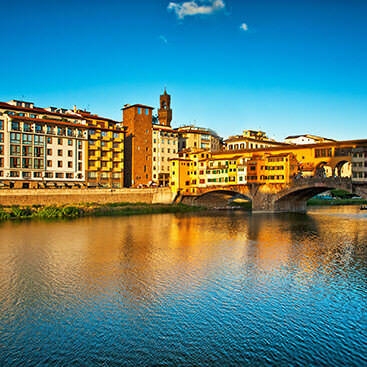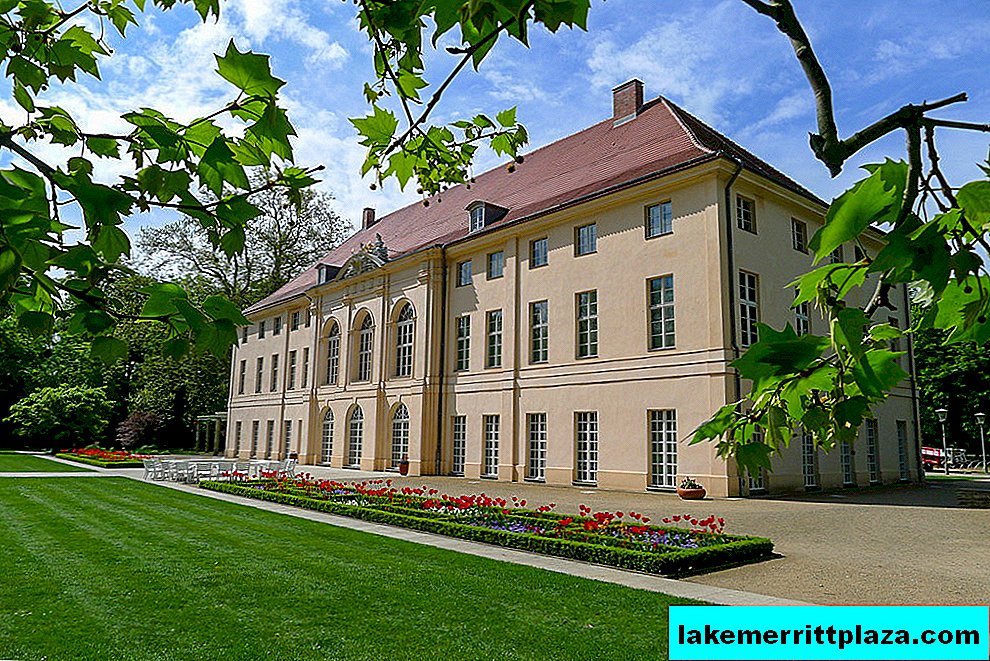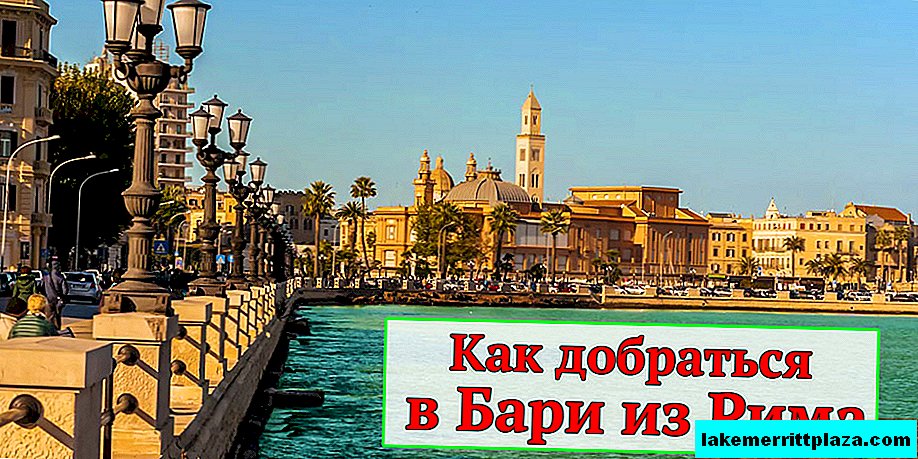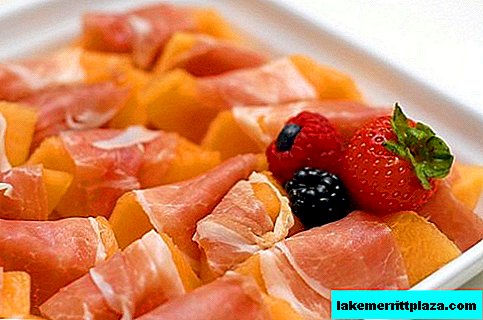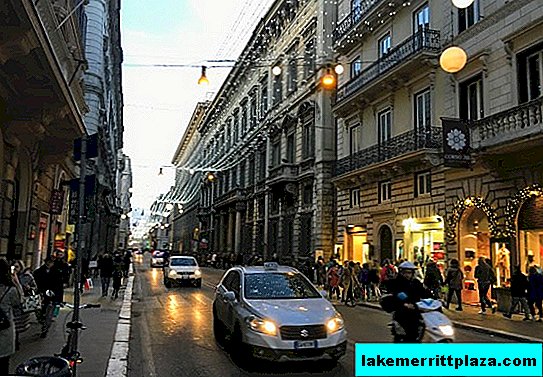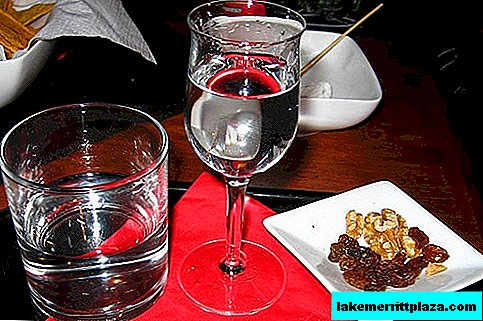Italian restaurants and cuisine have long been a brand all over the world. And although in most cases outside of Italy, only the name remains of the brand, inside the country in almost any city the average level of restaurants and the quality of food is at a fairly high level. But for Italians themselves, no restaurant in the world can compare with the dishes prepared by their mother. A woman in the kitchen is the law. With milk (pasta, fish, substitute any dish of Italian cuisine) mothers of Italians are instilled a taste for good food. What they ate for dinner is a topic of conversation for the next day.
The love of Italian culture and food made me move to this wonderful country, and I was looking forward to the opportunity to try real home-made Sicilian cuisine. Again, this idea was infected by my friend Seryozha Kondobarov, who was lucky enough to meet Mario and Antonella a little earlier. Thank you Serega.
As you guessed it, dear friends, today I will tell you about the best restaurant in Sicily, which we called Trattoria Antonella.
On the very first day in the villa, I asked Antonella to set aside an evening and prepare for us a real Sicilian dinner. A few days after hiking and tasting in the restaurants La Piazzetta and Restorante Pizzeria San Gusumano recommended to us, Antonella found time for us in her busy schedule.
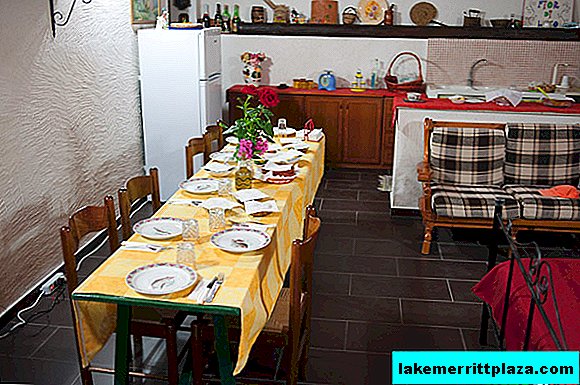
The Trattoria Antonella restaurant, as we call it, is located right in the villa where we stayed. There is a place for fire on the street, it all starts here.

While the flame turned dry branches and firewood into coals, we were engaged in a casual conversation. Let Mario and Antonello not speak either Russian or English, and our parents do not know Italian, they understood each other. Mom asked Mario about Italian singers, and he proudly claimed that Celentano was "numbered uno."

Well, here are the coals. First of all, Antonella cooks antipasti.

We chop the tomatoes, add the basil, garlic, salt and pepper. We put all this on bread, and here is the Sicilian antipasti.
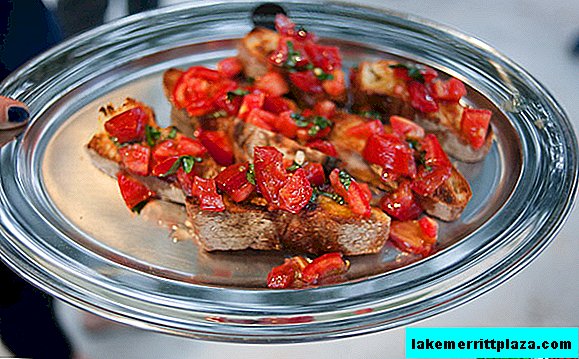
And what an Italian dinner without wine, of course, homemade. True, the grapes for this wine were not grown by Mario, but by his friend. The Mario family used to have vineyards, but instead of continuing the work of his father, he went to the police. As he explained to us, there is a lot of fuss with grapes. But Mario left the olive trees and makes olive oil himself.
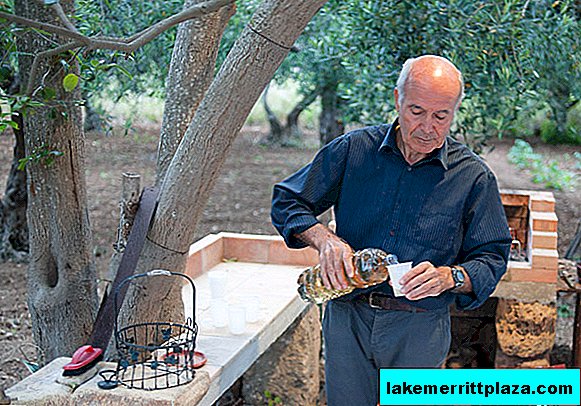
After bread, sardines and tuna are grilled. In June, just the tuna season, so there were no questions with the choice of the main dish. At other times of the year, the menu is varied, but in June only tuna.

Sardines became the second antipasto that we ate without even sitting at the table.
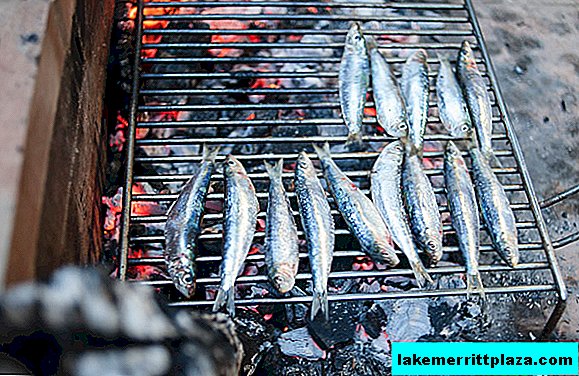
The fried sardines taste very good, but we were eager to try tuna.
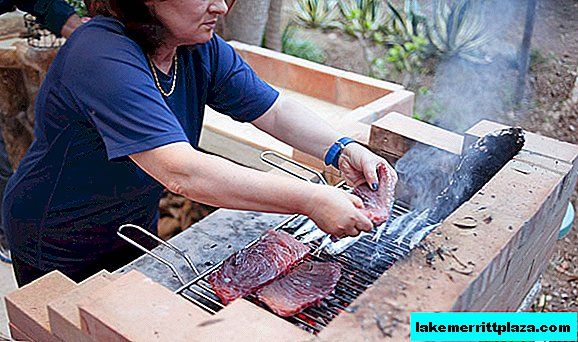

While Antonella cooks everything deliciously, I allow myself a little digression and give a few quotes from Mario Puzo's book “Sicilian”:
“The May Sicilian sun was beaming outside the window, but the mountain wind blew cool. Guiliano had already prepared breakfast and was waiting for her: on a folding table was a hill of toasted bread, cold ham and fruit; a bonfire was burning nearby. Milk from a metal can wrapped in leaves was poured into mugs.
There was nobody nearby, and Justina threw herself into the arms of Turi and kissed him firmly. Thanking for breakfast, she chided him why she had not woken her up: she would have done everything herself. Where is it seen in Sicily so that the husband cooks food?
…
And Justina picked up the flowers and put them in the old vase that she found in the castle. Flowers decorated the table. She served him a hare with garlic and tomatoes and a salad in a wooden bowl, seasoned with olive oil and red wine vinegar
…
They ate leisurely, sitting opposite each other. Guiliano decided that she cooks well; besides, she kept putting bread and meat on him and filling his glass - mother raised her properly. He noted with approval that she had a good appetite, and therefore she was healthy. She looked up and saw that he was looking at her. Smiling, she asked:“No worse than your mother?”
“Better,” he answered. “Just don’t even think about telling her about it.”

Yes, traditions and the distribution of responsibilities in Sicily are different from the Russians. After all, we very rarely have women who make fire and fiddle with barbecue. And here Mario did not even touch everything that Antonella did. Their morals.
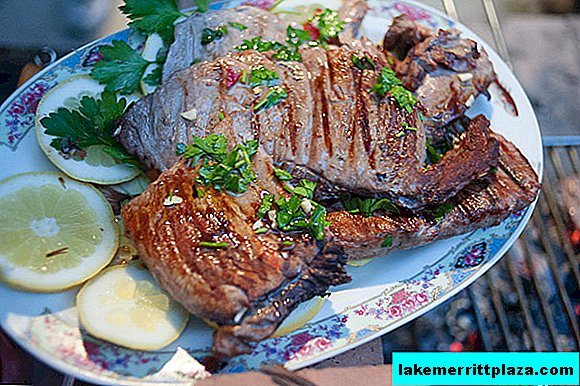
Mario also owns a small olive plantation. The oil in the photo, of course, is our own production. I begged Mario to take me to the harvest in early November in order to experience from the inside how such yummies are being harvested.
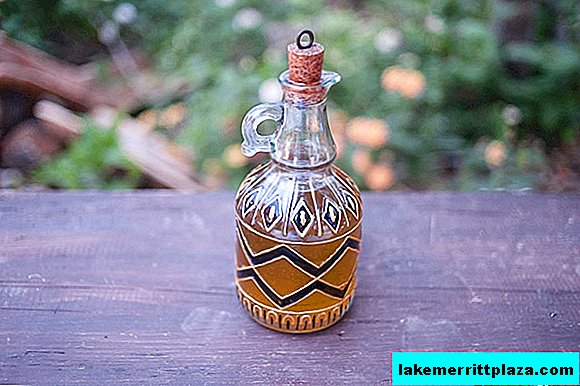
Any meal in Italy begins with antipasti - it’s like preparing and eating the main dishes. In normal life, I must admit, you can limit yourself to it, but on vacation our possibilities are endless. For Italians, this is a regular snack.
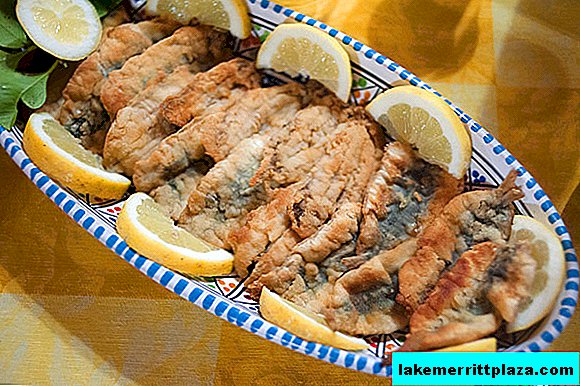
Now the topic of everything biological is very fashionable - in supermarkets there are even whole sections of biologically correct products. Many people even have a mania to eat and buy only such right foods. Now imagine the whole island, but what about a country where everything is biologically correct! Moreover, most of the presented snacks were grown in Antonella's garden. Red dried tomatoes, for example, are worthy of a separate ode.

Olives, you guessed who they are collected?
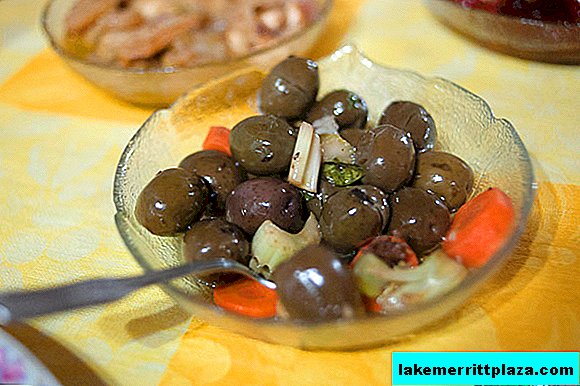
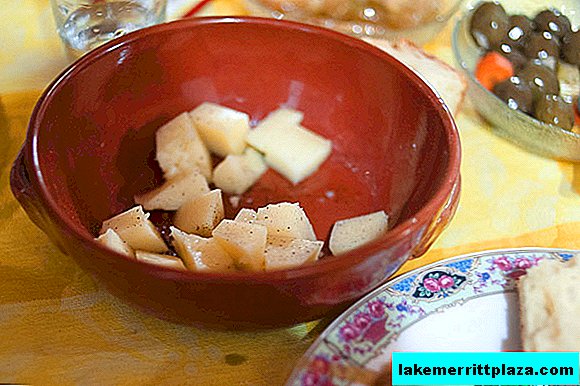

And here he is the long-awaited tuna! Of course, we could not master everything, but it was very tasty.
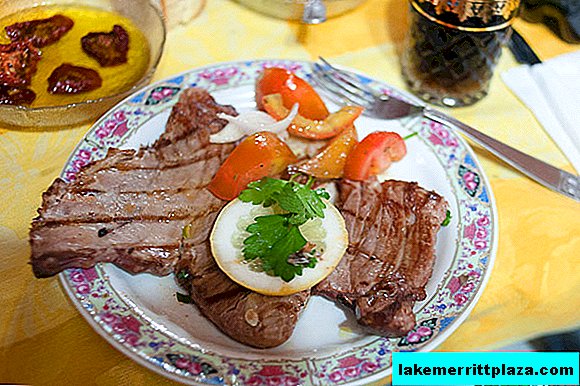
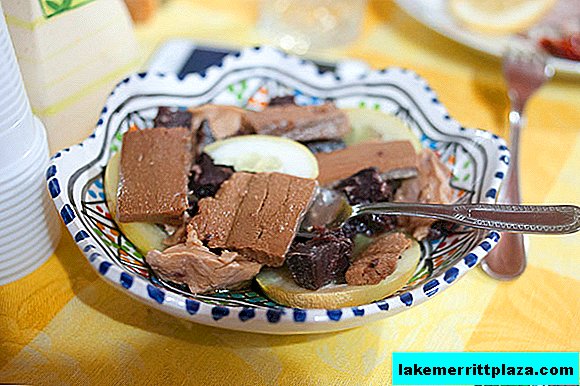
After the main meal before the dessert, you must definitely drink a glass or two of limoncella to refresh the taste buds and not to smell like fish from you.

I admit, we had almost no place for dessert, but this is Sicily, friend, and here the possibilities of your stomach are unlimited.

Antonella made a surprise for us and made a Sicilian cake.
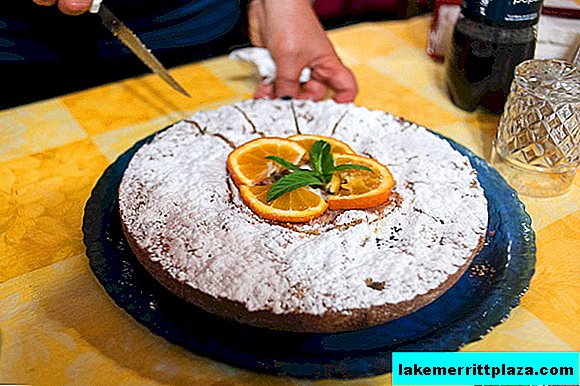
It is impossible to convey how much it’s tasty to take a photo or a word - you need to come and try. As you can see, after a couple of minutes, half of it has already disappeared in our bottomless stomachs.

With such an incredibly delicious dessert, the local fortified wine Vecchio Florio Secco is ideally combined, according to Mario - the best in the Marsala region.


